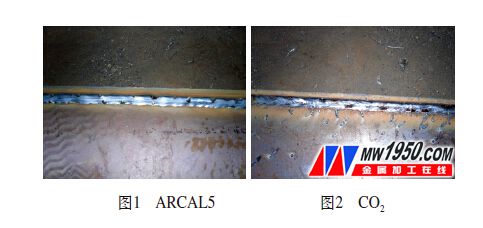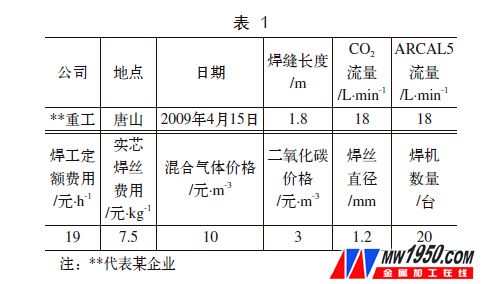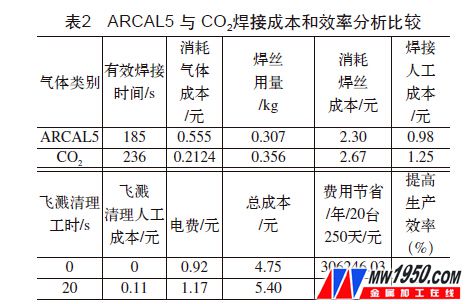The 19th Beijing Essen Welding & Cutting Fair Bath Towel Holder,Toilet Paper Holder,Bathroom Accessory Xuzhou Lange New Materials Co., Ltd. , https://www.successleo.com



Application and development of welding gas
Application Status and Development of Welding Gas
In the field of metal processing, welding is a crucial process that significantly affects operational efficiency, product quality, worker health, and environmental protection. As industrial automation becomes more widespread and welders become more aware of their health, welding automation has evolved rapidly. This shift can be clearly seen at the Beijing Essen Welding Exhibition over the years. In the past, only international companies had automated and robotic welding systems. Now, many domestic manufacturers have also adopted similar technologies.
The best welding method for gas welding is one that maximizes efficiency, adapts to various product structures, and offers full-position welding capabilities. Traditional electrode arc welding cannot support continuous wire feeding and is limited to manual operations. High-efficiency submerged arc welding, while efficient, cannot perform all-position welding and produces a lot of slag, making continuous welding difficult. Additionally, it creates an unfriendly working environment.
With the growing number of factory approvals for robot welding, the number of installed machines is increasing. This means the variety and application requirements of welding gases are also expanding. Different materials, products, and quality standards may require different shielding gases. In China, most factories use carbon dioxide because it’s cheap and requires less skill from welders. However, this often leads to poor weld appearance, high spatter, and residual height issues. In contrast, European and American industries commonly use argon and CO₂ mixtures, which solve these problems effectively.
Typical Case
This case compares Air Liquide’s ARCAL5 (Ar+CO₂) with pure CO₂. Under the same welding conditions, the visual quality of the welds is shown in Figures 1 and 2. Table 1 lists the basic test parameters, and Table 2 provides cost and efficiency analysis.
Many customers focus only on gas price, which is intuitive but not entirely accurate. Welding costs include more than just gas—wire, labor, cleaning, and electricity are also involved. Using mixed gas for a 1.8-meter fillet weld saves 0.65 yuan compared to CO₂. For a factory with 20 welding machines operating 250 days a year, this could save up to 306,000 yuan annually. Additionally, welding speed increases by 28%, reducing the time per workpiece.
This case highlights how choosing the right shielding gas can improve quality, increase efficiency, reduce costs, and avoid additional equipment expenses.
International Standards for Welding Protective Gas
Air Liquide’s ARCAL™ welding gas is produced according to ISO 14175, ensuring precise computer-controlled mixing to avoid human error and meet strict mixing ratios. Impurities like moisture, oxygen, and nitrogen are carefully controlled throughout the production process. Since 2011, the AWS 5.32 standard has also been used in the U.S., reinforcing the global acceptance of these standards.
Future Trends in Gas Development
To address a wide range of materials and welding methods, Air Liquide's research center in France has developed specialized shielding gases tailored to specific needs:
(1) ARCAL121 (Ar+He+COâ‚‚) is ideal for stainless steel and high-strength steel. It offers higher welding speed, better wettability, and lower carburization, improving corrosion resistance and toughness. Testing showed that 690MPa high-strength steel achieved 140J of impact energy, outperforming traditional 80% Ar+20% COâ‚‚.
(2) ARCAL33/37 (Ar+He) is suitable for aluminum and copper welding. It reduces preheating requirements, improves welding speed by over 30%, and minimizes hydrogen porosity.
(3) ARCAL11 (Ar+He+Hâ‚‚) excels in nickel-based alloy welding, offering excellent penetration and surface finish while preserving alloy properties. As new welding techniques and materials emerge, future gas development will focus on ease of use, efficiency, quality, and safety.
Safety Concept and Commitment
Liquefied Air places great emphasis on safety, prioritizing it in product design. This includes internal plant safety during production and transportation, as well as customer safety when using the product.
Key features include: providing a detailed safety data sheet, clear product labeling, and innovative packaging solutions like ALTOP cylinders. These cylinders integrate gas meters and protective caps, reducing risks and improving usability. The design won the 2013 "Junge Award."
Outlook
As competition in business and technology intensifies, the importance of welding shielding gas continues to grow. With more welders becoming aware of its benefits, the “small cost, big effect†of welding gas will become even more evident.
More exciting content Welcome to Metalworking Online》》》Essen Special Report